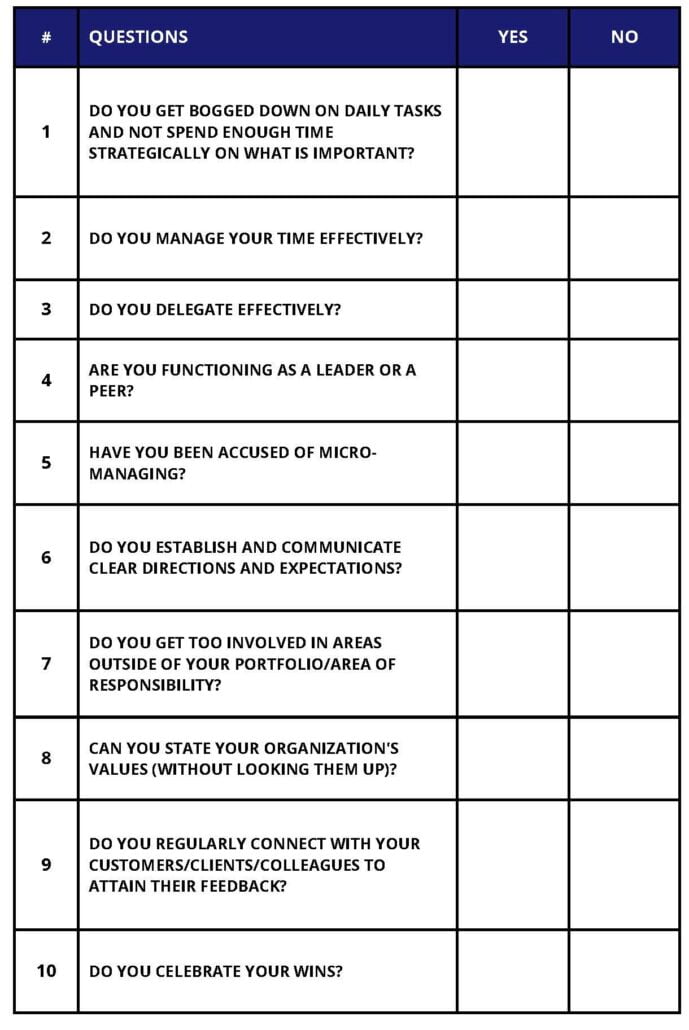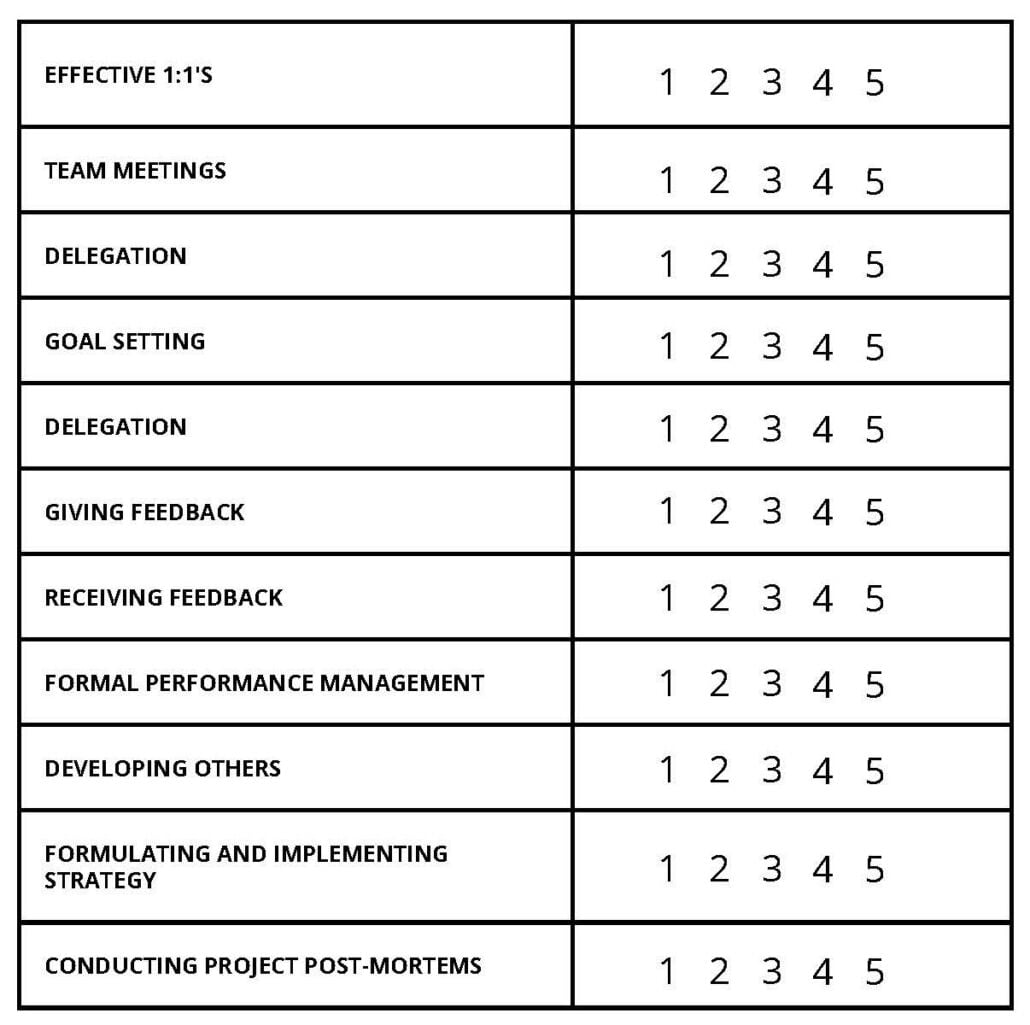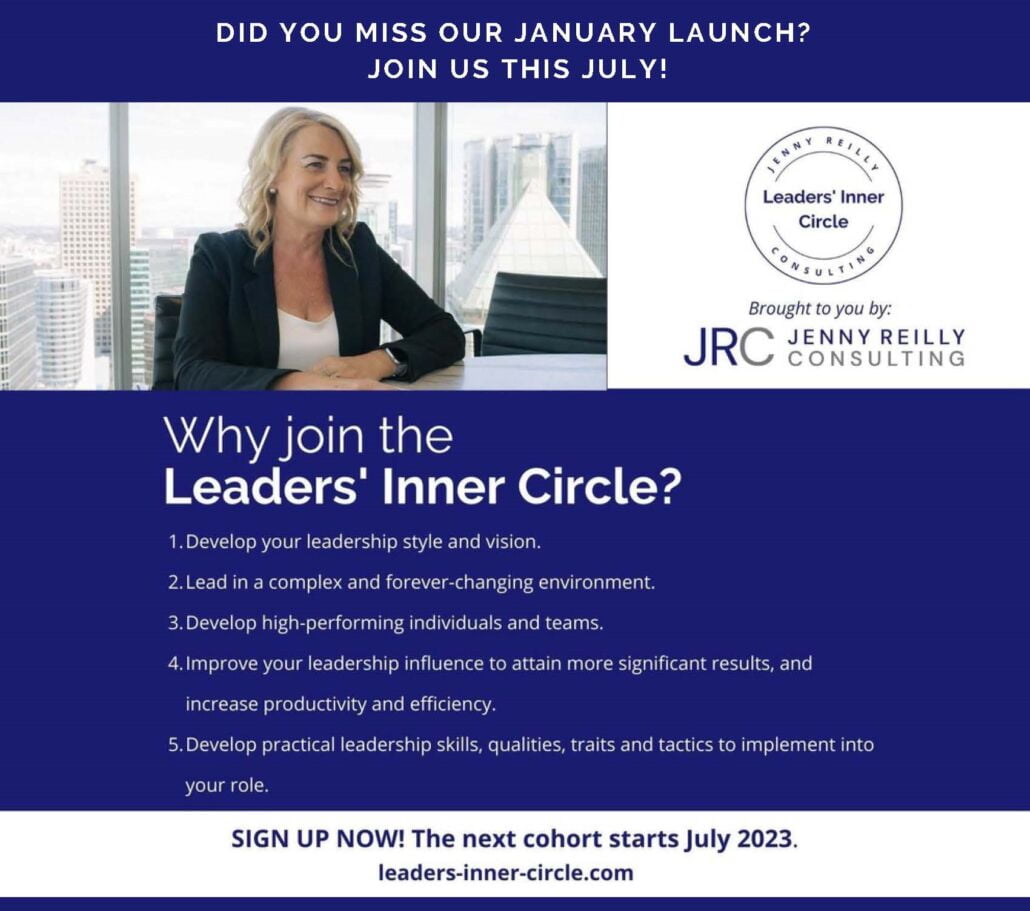First Impressions and Self Care
First Impressions Count
‘You never get a second chance to make the first impression.’
— Andrew Grant
It doesn’t matter the situation; first impressions count. You will always be remembered for your first interaction, so smile and go into it with the intent of the interaction being positive. You can’t fake a smile. You can see it in someone’s eyes (yes, their eyes) and body language and hear it in their tone of voice.
‘ Two things remain irretrievable: time and a first impression.’
— Cynthia Ozick
When you are 100% focused on those you are talking to, you will find yourself paying close attention to their language, mood and tone of voice. The more open and curious you are, the more they will be in return. I enjoy meeting new people. It is not the art of small talk that you need to meet new people; just plain good manners and knowing how to listen.
Take Care

If your child, family member, partner, or workmate is not doing well– you stop what you are doing and take care of them and give them the attention they require. We often put ourselves last in our order of priorities. I have been guilty of not always prioritizing my health and have turned this around – if I am not at my best, how can I be my best with others?
Trust me, it is noticed if you are not sleeping well, eating well, getting exercise, taking note of your appearance or going to work ‘with a low readiness score, ‘ It’s time to take note of how you are ‘turning up at work and home.’
Two clients in January were singing the praises of their Oura ring (ouraring.com) that tracks their sleep score and readiness level, activity, heart rate and body temperature. I was intrigued and purchased one, which is an excellent accompaniment to my Apple watch. Both help me stay on top of how I care for and prioritize my health.
Surround Yourself With The Right People
Surrounding yourself with the right people in your personal and professional life is critical. It impacts your mood, motivation and engagement levels.
I often see in professional settings the hesitance to move someone on if they are not a good performer or fit for the position or team. They may have been a strong performer in the past; however, their heart is no longer in the job, or they are not in the right position. You are only helping an individual if they are in the right job, and placing an underachiever in a team of high performers can pull a team down. It is often assumed that the poor performer will pick up on excellent performer’s habits. However, the opposite tends to happen, and bad habits spread.
‘You are the average of the five people you spend the most time with.’
— Jim Rohn
Your team’s makeup is critical to its success. For each person in your team, rank them on their level of effectiveness in their position (1 low – to five high). For anyone, you rank as a three or under, define if training can help performance or if a position shift is the best alternative.
DISC
Everyone has their own psychology, so how you approach and talk to one person may not be the best way to speak to another. I have been using the DiSC profile with my clients and facilitated 100+ coaching sessions with this tool to help individuals be better communicators.
DiSC is an exceptionally popular behavioural assessment that helps individuals identify their behavioural styles and learn how to interact more effectively with others. The assessment profile will help you adapt your communication style and expectations to increase results, improve team performance, target new hires/clients, develop “rockstar” rapport, and more.
If you are interested in the DiSC profile, the cost is $150, and with an hours debrief with me and the assessment, it is $500. If you want a 60-90 minute training session with your team, the assessment costs $150 per person and a $1,500 workshop fee. Please contact us or reach out directly to jenny@jennyreilly.com and book a complimentary 30-minute strategy session.






